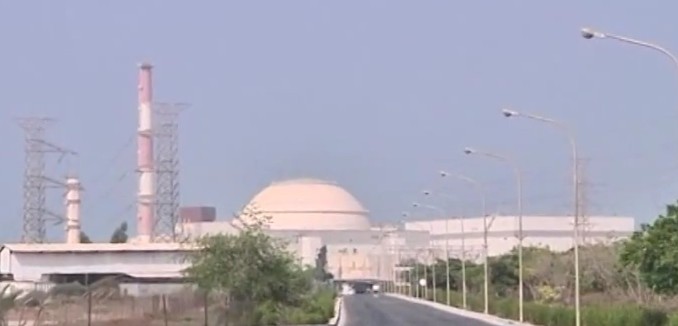A former top official of the UN’s nuclear watchdog agency wrote on Friday that the organization’s most recent report on Iran’s nuclear program is “incomplete” and “lacks relevant details” to explain how it concluded that Iran is following the terms of the nuclear deal signed last year.
Former International Atomic Energy Agency (IAEA) deputy director-general Olli Heinonen, who is now an adviser to the Foundation for Defense of Democracies, pointed out that the U.S. government “stressed that the [deal] depends on robust verification and transparency, making detailed reporting on Iran’s implementation of its commitments all the more important.” But last week’s IAEA report does not have an inventory of Iran’s uranium stockpiles—indeed, it has not provided uranium inventories since 2014, despite such information being “a staple of IAEA verification.”
According to the nuclear agreement, Iran was supposed to have no more that 300 kg of uranium enriched to 3.67 percent, and have no uranium enriched to 20 percent. Limiting the amount of uranium Iran has was essential to the administration’s claim that the deal kept Iran at least a year away from “breakout” to nuclear weapons capability. Excess uranium was supposed to be downblended or shipped to Russia, but specific information on how much enriched uranium was shipped to Russia was not included in the report.
The IAEA report also does not share how many centrifuge components Iran has. This information is necessary not only as a “baseline for further monitoring,” Heinonen wrote, but also because Iran could reinstall centrifuges it removed, or install new ones, shortening its “breakout time.”
President Barack Obama said last year that the deal would have “the most robust and intrusive inspections and transparency regime ever negotiated for any nuclear program in history.” But the IAEA report doesn’t even indicate whether the IAEA was able to access Iranian nuclear facilities. Getting such cooperation and access from Iran, including the ability to promptly check suspicious sites, are essential to confirming that Iran has no hidden illicit nuclear materials and isn’t conducting research in violation of the nuclear deal.
Heinonen concluded by describing the implications of the less-than-complete report:
Insufficient reporting does no favors for the IAEA or P5+1 international negotiators. For years, Tehran has advocated for less-detailed IAEA safeguards reports, citing concerns ranging from confidentiality matters to IAEA inspection authorities under the comprehensive safeguards agreement. The IAEA has consistently refuted these arguments. Less-detailed reporting, after all, fails to provide the transparency required for the [deal’s] verification. Over the longer term, this will only hamper efforts to reach a “broader conclusion” that all nuclear material and activities are accounted for and for peaceful use.
Rather than fighting for watered-down reporting requirements, Heinonen wrote, Iran “should favor much more detailed IAEA reports” to demonstrate its full compliance with the terms of the nuclear deal.
[Photo: JewishNewsOne / YouTube ]




